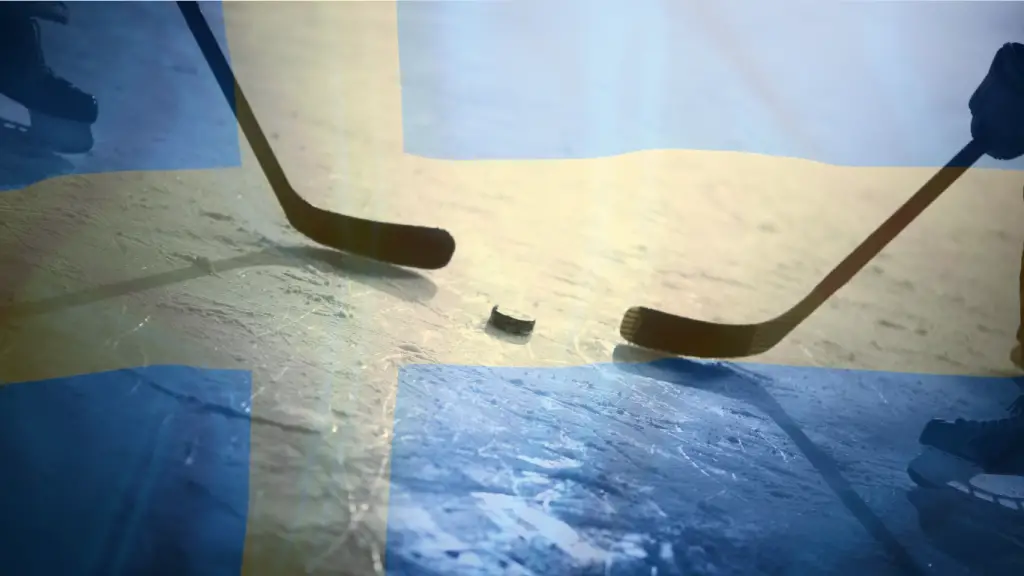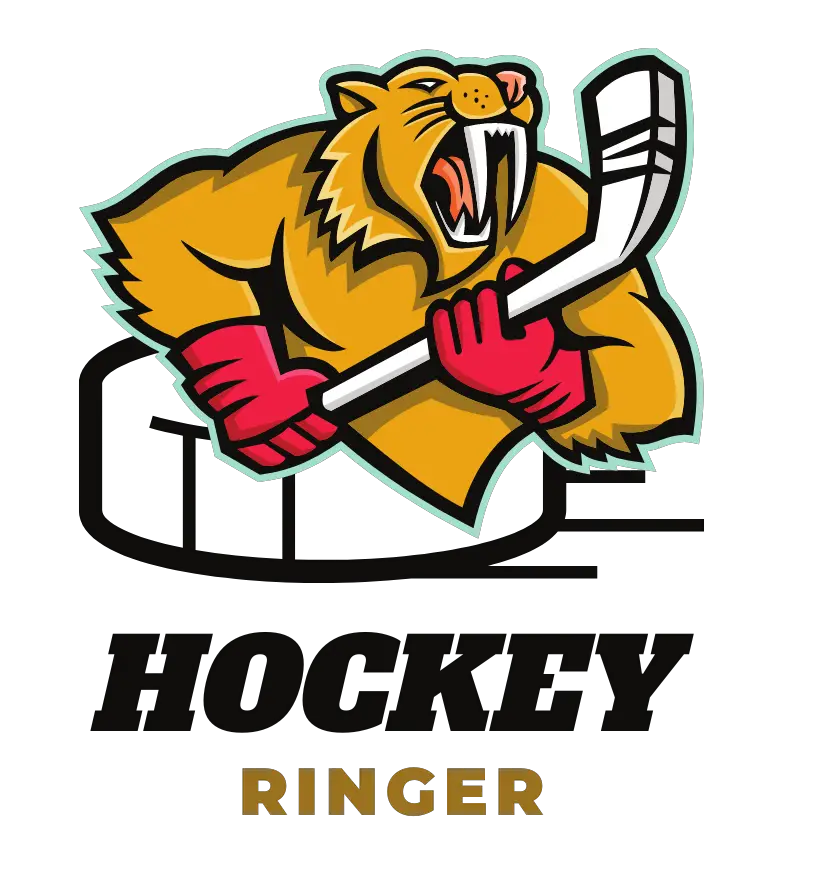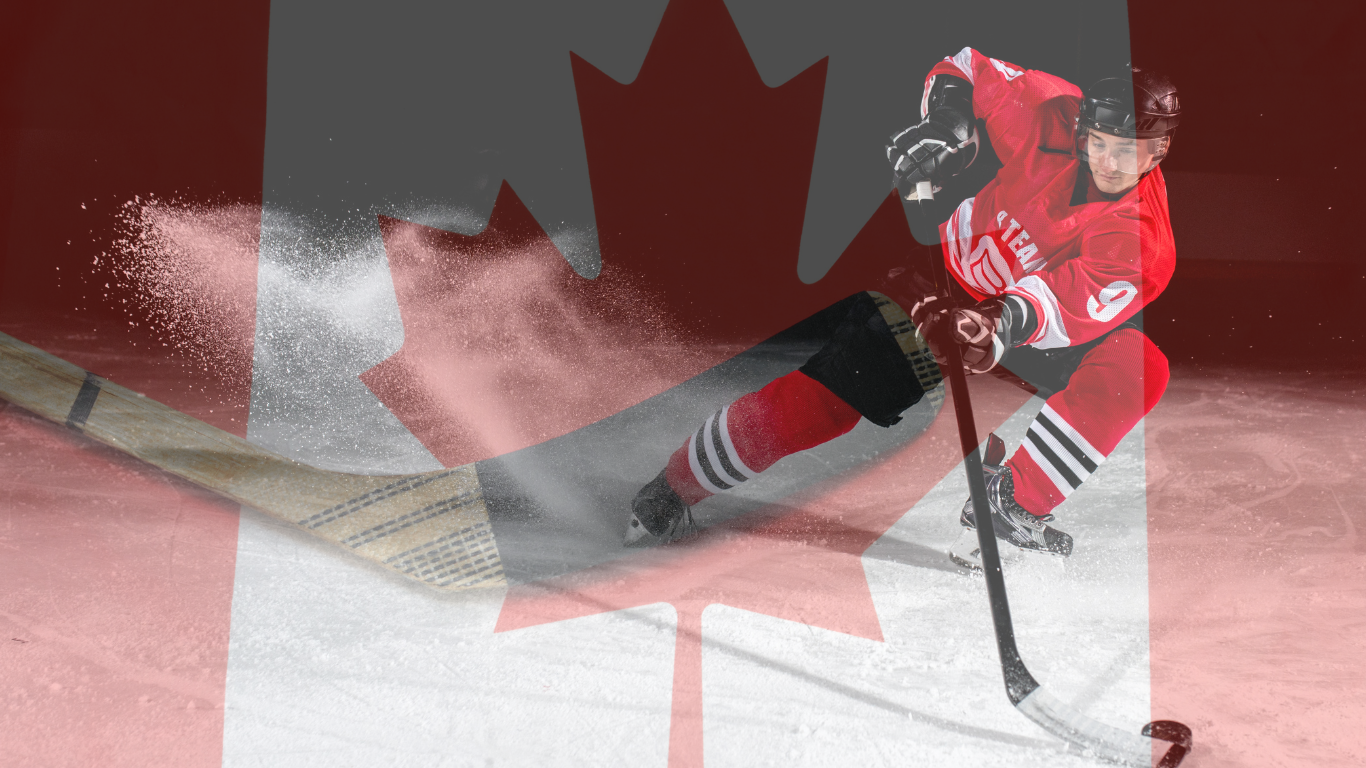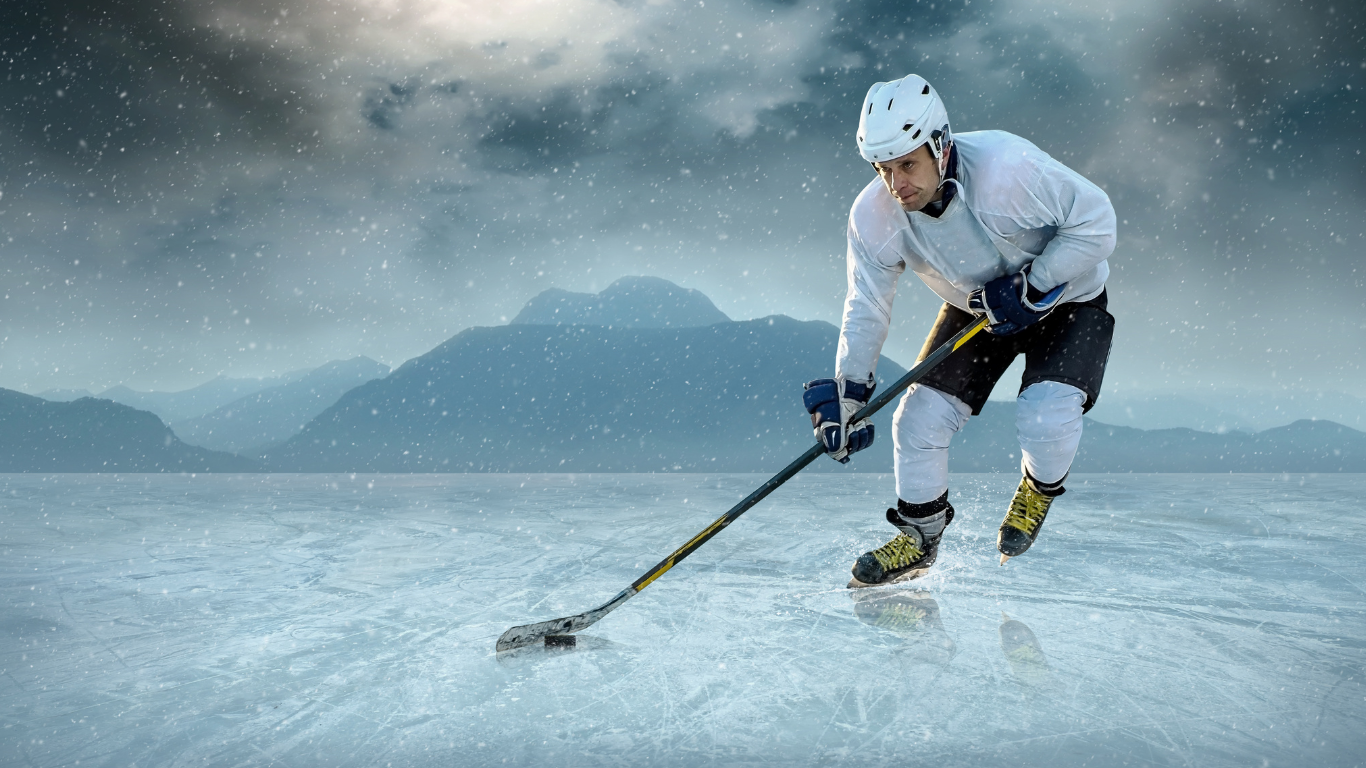The Swedish Hockey League (SHL) is Sweden’s highest professional hockey league. Founded in 1975 as Elitserien, the SHL has undergone several changes and is now known as the Svenska Hockeyligan in Swedish. The league currently consists of 14 teams, with the regular season running from September to March and the playoffs taking place in March and April.
The SHL is highly regarded in ice hockey, with many talented players and coaches hailing from Sweden. The league is Sweden’s second-most attended sports league after Allsvenskan and the third-most attended ice hockey league in Europe. The league also uses a unique 3-point system, where teams are awarded 3 points for a win in regular time and 2 points if they win in overtime or shootouts.
History of the Swedish Hockey League

The Swedish Hockey League (SHL), previously known as Elitserien, was founded in 1975. Prior to the formation of the SHL, Swedish ice hockey champions were crowned through various formats since 1922. However, the title and the Le Mat Trophy have been awarded to the winner of the SHL playoffs since the league’s inaugural 1975-76 season.
The league was created by merging two existing leagues, the Division 1 and the Division 2, to form a top-level league in Sweden. The SHL quickly became the highest level of men’s ice hockey in Sweden and one of the most prestigious leagues in Europe.
Throughout its history, the SHL has undergone several changes, including the introduction of the Kvalserien playoff format in 1982. This format involved the top teams from the SHL and the second-tier league, Allsvenskan, competing for spots in the SHL the following season. The Kvalserien format was discontinued in 2015, and the SHL has since adopted a new format for promotion and relegation.
Many of Sweden’s most successful hockey clubs have played in the SHL, including IK Göta, Djurgårdens IF, Södertälje SK, Modo Hockey, and Linköping HC. These teams have won numerous Swedish ice hockey championships and have contributed significantly to the league’s success.
Structure of the League
The Swedish Hockey League (SHL) is the top professional ice hockey league in Sweden. The league currently consists of 14 teams, with each team playing a total of 52 regular-season games. At the end of the regular season, the top six teams in the standings advance directly to the playoffs, while the remaining eight teams compete in a play-in round.
The playoffs are a best-of-seven series, with the winner being crowned the Swedish ice hockey champions and receiving the Le Mat Trophy.
The playoffs are divided into four rounds:
- Quarterfinals
- Semifinals
- Finals
- Championship.
The playoffs are played in a bracket format, with the highest-seeded team playing the lowest-seeded team in each round.
The SHL also has a relegation system in place. The team that finishes last in the standings is automatically relegated to the second-tier league, HockeyAllsvenskan. The second-to-last team in the standings then competes in a best-of-seven series against the winner of the HockeyAllsvenskan playoffs for the final spot in the SHL for the following season.
The SHL also has a number of rules in place to ensure fair competition. In the regular season, games that are tied after regulation time go into a five-minute overtime period, with the team scoring the first goal in overtime being declared the winner.
If the game is still tied after overtime, it goes into a shootout. In the playoffs, there is no shootout, and games that are tied after regulation time go into a 20-minute sudden-death overtime period.
Teams and Players
The Swedish Hockey League (SHL) is the highest division in the Swedish ice hockey system, consisting of 14 teams. Some of the most successful teams in the league include Färjestad BK, Frölunda, Djurgården, Linköping, Växjö Lakers, Brynäs IF, Leksands IF, AIK, Skellefteå AIK, and Rögle BK.
Each team in the SHL has a roster of skilled players who compete in games throughout the season. Some notable players in the league’s history include Håkan Loob, Johan Davidsson, Magnus Wernblom, Stefan Nilsson, Jan Sandström, Joel Lundqvist, Elias Pettersson, and Ryan Lasch.
The league also serves as a platform for young prospects to showcase their talent and potentially earn a spot on an NHL team. Many NHL teams closely monitor the SHL for up-and-coming players who could make an impact in the future.
League Statistics and Standings
The Swedish Hockey League (SHL) is the highest division in the Swedish ice hockey system, consisting of 14 teams. The league operates a regular season followed by playoffs to determine the champion. Each team plays 52 games during the regular season, with the top six teams advancing to the playoffs.
The league keeps track of various statistics throughout the season, including games played (GP), total points (TP), goals, assists, penalty minutes (PIM), and more. These statistics are used to determine the standings, which are updated regularly on the league’s official website.
Jörgen Jönsson, Jan Larsson, and Anders Carlsson are among the league’s all-time points leaders, with impressive career totals of 624, 604, and 597, respectively. Lars-Gunnar Pettersson and Per-Åge Skrøder hold the record for most goals in league history, with 333 and 315, respectively. Joakim Lindström is the league’s all-time assists leader, with 355 assists over his career.
Andreas Jämtin, Per Ledin, David Petrasek, and Thomas Berglund are among the players with the most penalty minutes in league history, with 2,137, 1,881, 1,860, and 1,857 PIM, respectively. These players are known for their physical play and tough style on the ice.
Swedish Hockey League in International Context
The Swedish Hockey League (SHL) is the highest level of men’s ice hockey in Sweden. It is considered one of the strongest leagues in Europe and the fourth-highest paid hockey league in the world. The SHL has a reputation for producing top-level talent, with many players going on to play in the National Hockey League (NHL) and other top leagues around the world.
In the international context, the SHL is an important league for the International Ice Hockey Federation (IIHF) rankings. The league’s teams often compete in the Champions Hockey League, a European-wide competition featuring teams from the top leagues in Europe. The SHL is also a popular destination for players from other European leagues, as well as North America, looking to play at a high level.
While the SHL is not as well-known as the NHL, it has a strong reputation among hockey fans and experts. The league’s players have a style of play that is often described as fast-paced and skilled, with an emphasis on team play. This style of play has helped the league gain recognition and respect from hockey fans around the world.
In recent years, the SHL has also made efforts to expand its reach beyond Sweden. The league has signed broadcasting deals with networks in North America and Europe, allowing fans around the world to watch SHL games. The league has also established partnerships with other European leagues, such as the Russian-based Kontinental Hockey League (KHL), to promote the sport and increase its popularity.
The Swedish Women’s Hockey League (SWHL) is the top women’s ice hockey league in Sweden. While it is not as well-known as the SHL, it is still an important league for women’s ice hockey in Europe. The SWHL has produced many top-level players, including several who have gone on to play in the Winter Olympics and other international competitions.
The Impact of the Swedish Hockey League
The Swedish Hockey League (SHL) is one of the most popular sports leagues in Sweden, running from September to March every year. The league has a long history and has been instrumental in the development of ice hockey in Sweden. Today, it is considered one of the top professional ice hockey leagues in Europe.
The SHL has had a significant impact on ice hockey in Sweden, both in terms of the sport’s popularity and its commercialization. The league has played a crucial role in promoting ice hockey as a popular sport in Sweden, with many young Swedes aspiring to play in the league. The league’s popularity is reflected in the high attendance figures, with an average of over 5,000 fans per game.
The SHL is also an important source of employment for players, coaches, and staff. The league’s top players can earn high salaries, with some earning over $1 million per season. The league’s expansion has also created job opportunities for many people in Sweden.
The SHL is closely affiliated with the Swedish Ice Hockey Association (SIHA), which oversees the sport in Sweden. The league’s success has helped to raise the profile of ice hockey in Sweden and has led to the country’s national team becoming one of the best in the world.
The SHL is the premier ice hockey league in Sweden, and the winner of the league is crowned the Swedish champion and awarded the Le Mat Trophy. The league’s top teams also compete in the Champions Hockey League, a European-wide competition featuring the best ice hockey teams from across the continent.
Other Relevant Information
The Swedish Hockey League (SHL) has a few unique rules that set it apart from other ice hockey leagues. One of these rules is the use of a shootout to determine the winner of a tied game. In the SHL, if a game is tied at the end of regulation time, a shootout is used to determine the winner. Each team selects three players to take part in the shootout, and the team with the most goals at the end of the shootout is declared the winner.
Another interesting fact about the SHL is that it was formerly known as the Swedish Elite League (SEL). The name change to SHL occurred in 2013, and the league has been known by this name ever since.
In terms of news, the SHL is a popular league in Sweden, and there are several websites and media outlets that cover the league extensively. Fans can stay up-to-date with the latest news and scores by visiting websites such as hockeysverige.se and shl.se.
Finally, the SHL also has a unique approach to penalty shots. In the SHL, a player who is awarded a penalty shot is allowed to take as many shots as they want within a 10-second time limit. This means that if a player misses their first shot, they can continue to take shots until the 10 seconds are up, giving them a greater chance of scoring.





Leave a Reply